When you hear rum, you probably first think of the Caribbean - the sea and pirates.
In the 17th century, the European colonial powers brought sugar cane to the Caribbean and with it the sugar cane plantations. At first, only sugar was extracted until alcohol was soon distilled. Barbados is often mentioned as the place of origin of rum, but it cannot be proven with certainty. Brazil is also discussed. In the Caribbean, as in the entire South American region, sugar cane plantations developed along the coasts.
The first documented mention of rum is in 1650 as 'Rumbullion', which means 'great tumult'. Today, the Spanish term 'Ron' and the French term 'Rhum' exist alongside the term 'rum'.
From brandy to a popular spirit
Sugar cane production produces large quantities of molasses as a by-product. The slaves on the plantations were the first to realise that this could be fermented and drunk as sugar cane brandy. The plantation owners developed the production process further and the molasses spirit eventually became rum, although not yet with the flavour we know today.
Rum quickly became a popular drink in the Caribbean. However, it was not until the 18th century that it found its way to Europe.
Sea voyage and rum
The English navy contributed significantly to the success of rum. After realising that beer or wine carried on board ships would not keep for long in the high temperatures of the Caribbean, they began to carry rum with them. And this is how the pirates came into the rum story, who were attracted by rum. Since then, many tales have grown up around pirates and rum.
In the beginning, rum was served to the crew straight up to an alcohol content of 75% - later diluted with water. We still know the rum grog today.
When the rum was shipped in barrels, which took several weeks, it was unintentionally aged in barrels - today this is done deliberately. It was discovered that the rum from the barrel had acquired different flavours and made it more palatable.
The British Royal Navy continued to serve a daily rum ration to its crew until 1970. And in the period between 1850 and 1970, rum was also used as a means of payment. Why pay your wages with money when you could use it to buy rum!
The modern rum
80% of the world's rum production comes from the Caribbean. The remaining 20% is spread across the southern hemisphere. Rum is also imported to European countries, where it is further matured and stored.
Nowadays, rum in all its facets is drunk neat or in cocktails all over the world.
The many elaborately and colourfully designed bottles, which catch the eye alongside other spirits, are beautiful to look at.



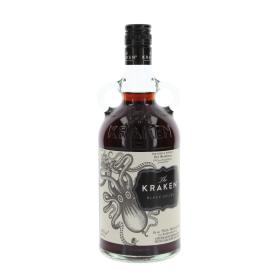
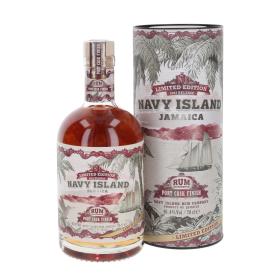
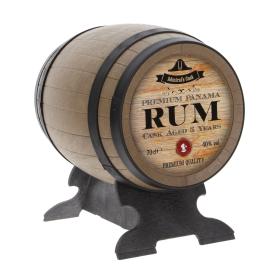

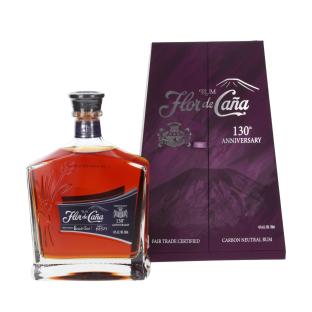






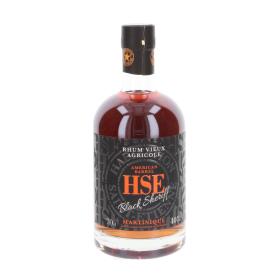

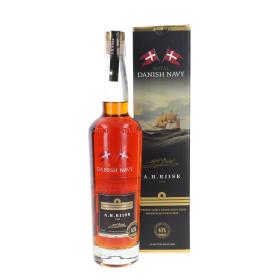
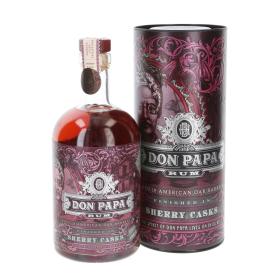






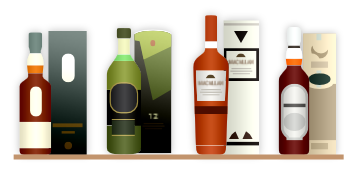
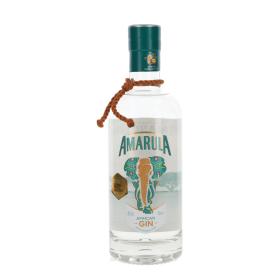
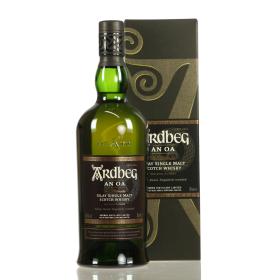

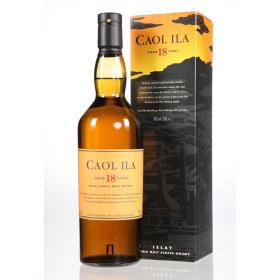











To comment, you must be logged in